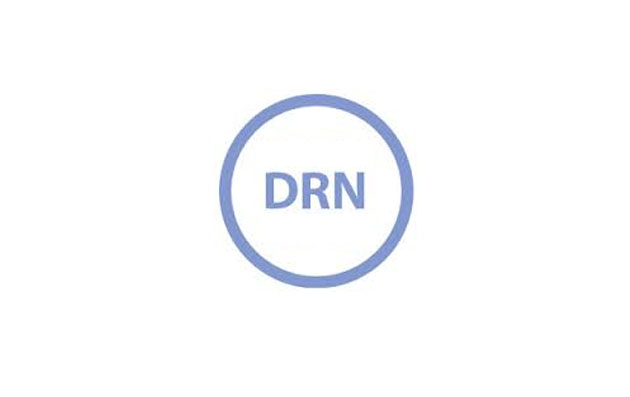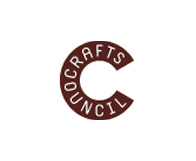Six useful ideas for cross-curricular activities
Making cross-curricular connections not only feeds into a department’s profile but also helps young people engage thoughtfully, with broader ideas and sources being explored in other areas of their learning. Imaginative connections can be made, leading to original and innovative ideas.
Diana Brook is Head of a very successful Art Department at Ysgol Sir Thomas Picton School in Pembrokeshire, and supplied us with six useful ideas to kick start some cross curricular projects.
- School productions offer a range of design and construction opportunities over a prolonged period. Activities such prop-making, scenery design and promotional graphics.
- We have an Eisteddfod exhibition in our Oriel STP but any excuse to combine your outcomes with other departments culminating in a small show is worthwhile.
- Sculpture in school nature reserves and garden. Working in collaboration with your school or colleges estates and environmental initiatives can be on-going projects which feed into schemes or briefs.
- Strong links with technology departments can pave the way for collaborations and competitions, not to mention joint end of year exhibitions.(International artists Antony Gormley, Damien Hirst, David Hockney, Mark Wallinger and Louise Bourgeois rely on their collaborations and relationships with engineers, fabricators, scientists, photographers, publishers and designers to help them create, present and promote their work).
- Work with the English department to liven up literary projects by visualising key texts or chapters. Making connections or using texts as the basis for a composition can enrich the learning environment and subsequent response within both departments. This could easily work with other curriculum areas such as science and maths initiating a day or even a week of student led collaborations incorporating the visualisation of key concepts, data and theories.
- Curriculum links with the humanities, modern languages, RE, PSHE, and citizenship provide further opportunities for exploring cultural, social and religious diversity. Consideration of our assumptions about values and stereotype, bias and prejudice offer potential for parallel research and joint outcomes.




